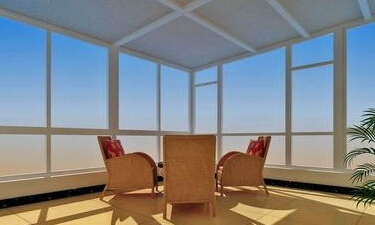The first factor is Materials
First of all, materials used by high-class aluminium alloy doors and windows, such as thickness, intensity and oxidation film, should comply with the regulations of the relevant national standards. The wall thickness should be above 1.2 millimeters. Tensile strength need to reach 157 newtons per square millimeter. Yield strength should achieve 108 newtons per square millimeter, and oxidation film thickness need to achieve ten microns. It must be inferior aluminium alloy doors and window which cannot be utilized if it is beyond the reach of the above standards.

The second factor is processing
High quality aluminium alloy doors and windows should own fine processing, exquisite installation, good sealing performance, and flexible switch. Inferior aluminium alloy doors are based on choosing aluminium product series and specifications aimlessly, processing and manufacturing in a rough way and replacement mill processing for saw cutting. And these low class products can not be installed as required and the sealing performance is poor. The switch also can not be used freely. It is easy to occur air and rain leakage and glass blast crack, moreover, it is likely to destroy objects and do harm to persons because it easily scrapes and touches to fall the glass and push-and-pull parts.
Finally, price is also an essential parameter
In the general case, as the production costs of superior quality aluminum alloy doors and windows are high, the price is 30% higher than those inferior aluminium alloy ones. Some aluminium alloy doors and windows made by aluminum products whose wall thickness is only 0.6 – 0.8 millimeters. The tensile strength and yield strength of these materials are greatly under national relevant standard code, so it is very insecure to use these poor quality products.
